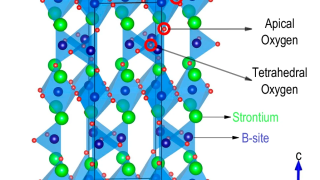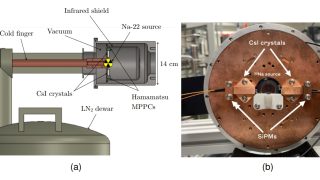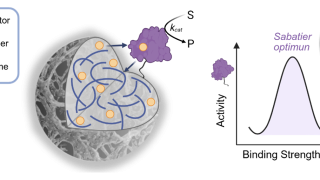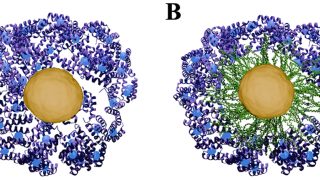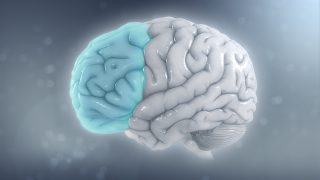
Adults with ADHD lose nearly a decade of life
Attention deficit and hyperactivity disorder, known as ADHD, is the most common neurodevelopmental disorder in children worldwide, with an estimated prevalence of around 5%. Research shows that the condition often continues into adulthood in up to 90% of diagnosed children . Although ADHD has been recognised for decades, it has recently gained much greater visibility […]





